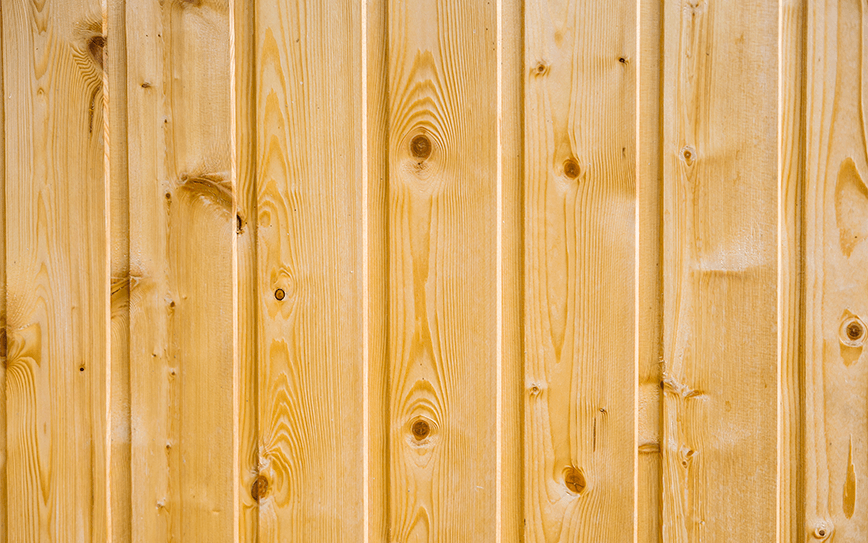Timber cladding has become an increasingly popular choice for residential and commercial construction projects, offering a natural and timeless aesthetic. However, like any building material, timber cladding has advantages and drawbacks. In this comprehensive guide, we'll delve into the pros and cons of timber cladding to help you make an informed decision before embarking on your next construction or renovation project.
Pros of Timber Cladding:
- Natural Aesthetics: Timber cladding imparts buildings a warm and natural look, creating a visually appealing exterior. Different wood species' varied grain patterns and tones contribute to a unique and timeless appearance that can enhance the overall architectural design.
- Environmental Sustainability: Timber is a renewable resource, and responsibly sourced timber cladding can be an eco-friendly choice. Sustainable forestry practices ensure the replenishment of harvested trees, making timber more sustainable than non-renewable materials.
- Insulation Properties: Timber has inherent insulating properties, helping regulate indoor temperatures by reducing heat transfer. Timber cladding can contribute to energy efficiency, keeping interiors cooler in the summer and warmer in the winter.
- Versatility: Timber cladding is versatile and can be adapted to various design styles and architectural forms. It comes in various profiles, finishes, and wood species, allowing creative freedom and customization to suit specific project requirements.
- Ease of Installation: Timber cladding is generally lightweight, making it easier to handle and install than alternative materials. The installation process is often quicker, potentially leading to cost savings on labour.
- Durability with Proper Maintenance: Timber cladding can exhibit good durability when appropriately treated and maintained. Regular cleaning, sealing, and periodic inspections can help prolong the lifespan of the cladding and prevent issues such as decay and insect infestations.
Cons of Timber Cladding:
- Maintenance Requirements: Timber cladding requires ongoing maintenance to ensure longevity and a pleasing appearance. Regular cleaning, staining, or sealing is essential to protect the wood from weathering, UV damage, and moisture-related issues.
- Initial Cost: While timber cladding can offer long-term cost benefits, the initial installation cost might be higher than some alternative materials. The type of wood species, finish, and installation method can influence the overall project cost.
- Fire Resistance: Timber cladding is generally combustible, posing a fire risk. In areas prone to bushfires or where fire resistance is a regulatory requirement, check the BAL rating of the timber species you wish to use and ensure it meets those regulations.
- Colour Changes Over Time: The natural aging process of timber can lead to changes in colour and appearance. While some appreciate the patina that develops over time, others may prefer the wood's original colour, necessitating periodic refinishing.
- Timber Lengths: Timber cladding may have limitations regarding the available lengths of individual boards. This can result in more joints. Usually, cladding is sold in random lengths, but sometimes, set lengths can be sourced at an extra cost.
Timber cladding is a beautiful and sustainable choice for exterior applications. However, understanding the pros and cons is crucial for making an informed decision based on your project's specific needs, budget constraints, and the local climate. With proper maintenance and care, timber cladding can provide a timeless and environmentally friendly solution for enhancing the visual appeal and functionality of your building's exterior.
Our top priority as a reputable provider of timber cladding is creating a seamless process of buying timber. You may order timber cladding online, and we will deliver it to your job site. PY Timber Warehouse ensures quality and durability in its timber cladding solutions so that you can focus on running your projects.












